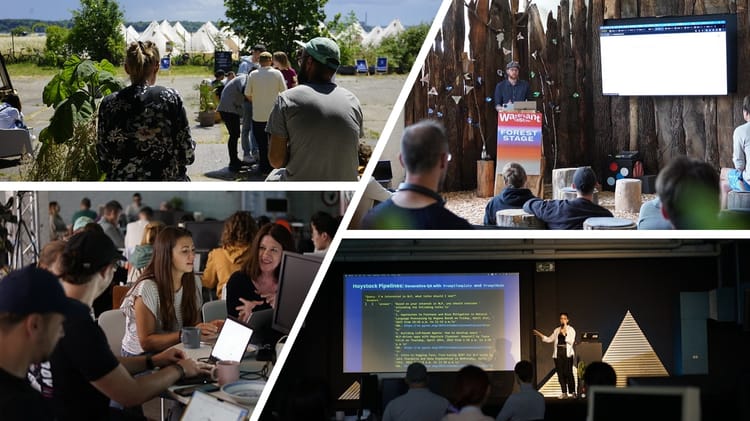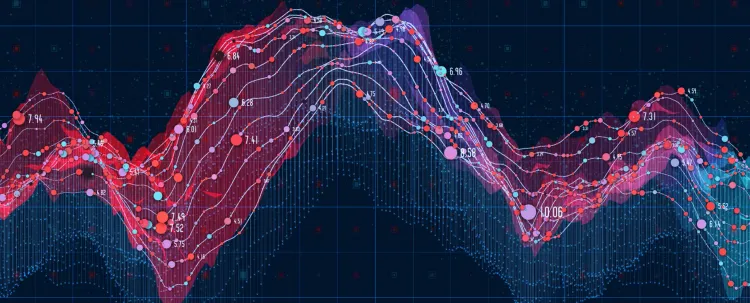Coding.Waterkant Hackathon - Introduction 3: SprottenFlotte

Over the next few weeks we will introduce you all out there to our partners for the Coding.Waterkant Hackathon which will take place on 5 and 6 June. Without our partners from various sectors and with different backgrounds the Hackathon would not be possible - so thank you all very much in advance ?.
What is SprottenFlotte
Reaching your destination simply, flexibly and cost-effectively - with the SprottenFlotte of the KielRegion, this is possible.
Since July 2019, the SprottenFlotte has been rolling through Kiel, Kronshagen, Altenholz, Schönkirchen, Mönkeberg, Heikendorf and Laboe. There are 300 bikes available at 50 stations.
Using the bikes is very easy: Registration is possible via the nextbike app, the hotline or the website www.sprottenflotte.de. To borrow a bike, simply enter the number of the bike in the app - the ride can start. And the best thing is: The first half hour of each rental is completely free of charge during the pilot phase until the end of 2020. Another 30 minutes cost 1 euro. The maximum daily rate is 9 euros. You can return the bike at one of the stations, which can be viewed in the app or on the website.
Related datasets
The related dataset contains daily rentals and returns of the bicycles. It comes in .csv format and contains 100905 observations. There are 6 variables in the dataset: time of rental, time of return, station number of rental, station number of return, station name of rental, station name of return.
Is there an impact the coronavirus has on bike rental?
The Corona crisis had an enormous impact on the social life all over the worlds: our consumer behaviour changed, our working times and our form of working changed, and also the preferred way of transportation changed a lot. Machine learning models and many other methods of forecasting rely on patterns learned from past behaviour.
One important method to adjust to the new situation now is going back to classical data science and looking at descriptive statistics to get an idea of the quality of the changes - to find out which patterns from the past are still the same and which aren't. And to find out to what extent, at least in Germany, we are already on a way back to pre-Corona patterns. In the first exploratory step this could, for example, be done via graphical illustrations. Further, we could identify variables/features with unchanged explanatory power using, for example, regression analysis.
We can hardly wait for the event to begin.
Stay tuned, follow our introduction posts over the following weeks and if you haven't registered - do so under the following link: coding.waterkant.sh.






Member discussion